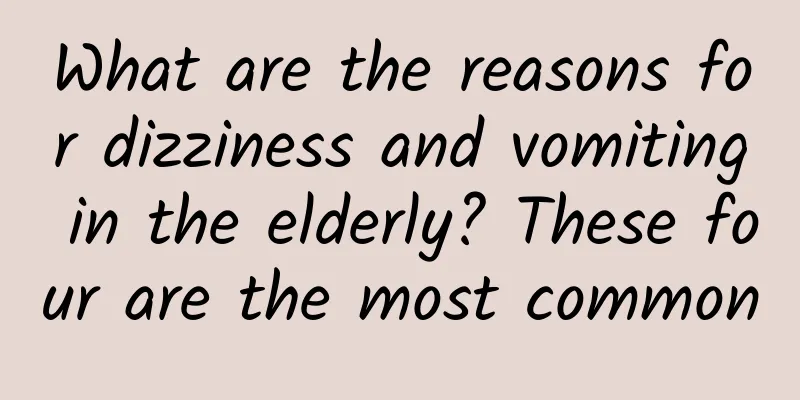What is preexcitation syndrome? Significant arrhythmia

|
Few people truly understand the disease called preexcitation syndrome. In fact, this is a sudden disease that often occurs in young and middle-aged people. When the disease occurs, the heart beats very fast, and there are chest tightness, chest pain, dizziness, and even fainting and death. 1. Theoretical Analysis The so-called "pre-excitation syndrome" is a kind of rapid arrhythmia, that is, the heart beats very fast when it occurs, with a frequency of about 180 to 200 beats per minute. It is more common in young and middle-aged people, and it occurs suddenly and disappears suddenly. Each attack can last from a few minutes to hours or days. In addition to the feeling that the heartbeat cannot be slowed down, the patient also experiences chest tightness, chest pain, dizziness, and even fainting. This disease is relatively easy to control once it is clearly diagnosed, but it is extremely difficult to cure. There is often a history of recurrent attacks. When an attack occurs on the electrocardiogram, it is diagnosed as "paroxysmal supraventricular tachycardia", and when there is no attack, it is diagnosed as "pre-excitation syndrome." The so-called "pre-excitation syndrome" is a diagnostic term on the electrocardiogram. From it, we know that myocardial contraction is controlled by the electrical signal of the sinoatrial node. We also know that under normal circumstances, the conduction pathway between signals is unique and is called the atrioventricular node. Patients with preexcitation syndrome have one or more additional pathways between the atria and ventricles in addition to the atrioventricular node, called additional conduction bundles. When the pacing signal of the sinus node excites the ventricles through the atrioventricular node, it is transmitted back through another additional channel. However, the electrical signal transmitted back does not disappear. After the atria and ventricles finish contracting, the signal is transferred to the atria through the atrioventricular node, causing the ventricles to contract again, repeating the cycle. It is like a donkey grinding tofu. When there are no soybeans in the mill, the owner will not tell it to stop, and it will keep circling the mill. 2. Symptoms Simple preexcitation is asymptomatic. Concurrent supraventricular tachycardia is similar to general supraventricular tachycardia. For patients with atrial flutter or atrial fibrillation, the ventricular rate is mostly around 200 beats/min. In addition to discomfort such as palpitations, shock, heart failure and even sudden death may occur. When the ventricular rate is extremely fast, such as 300 beats/min, the heart sounds detected by auscultation may be only half of the ventricular rate on the electrocardiogram, indicating that half of the ventricular excitation cannot produce effective mechanical contraction. |
>>: Dietary taboos for myasthenia gravis: Don’t touch this!
Recommend
Can sweat steaming cure acne?
Sweat steaming has certain beauty and skin care e...
What to do if breast duct obstruction and fever occur
Being a mother is a happy but distressing thing, ...
The best treatment for lumbar disc herniation
Everyone's waist is relatively important, but...
What is the disease of tightness and numbness on the top of the head?
Scalp tingling is a physiological phenomenon, whi...
What to do if you can’t sleep well? Do a good job of conditioning
Many people want to have a comfortable sleep at n...
Charcot-Marie-Tooth Disease Test
Charcot-Marie-Tooth Disease is a disease of the h...
Why are my calves so itchy in summer?
Many people experience unbearable itching in thei...
Symptoms of sebaceous cysts, treatments for sebaceous cysts
Sebaceous cysts are very common in many people. G...
Can spasmodic torticollis be cured?
Spasmodic torticollis is a type of dystonia. It i...
What are the disadvantages of Chinese medicine fumigation?
Chinese medicine fumigation is actually a very go...
The efficacy and function of Xanthium sibiricum leaves
Xanthium sibiricum is a Chinese herbal medicine. ...
Fructose Infusion Effects and Functions
Fructose injection is an energy supplement and al...
What to do if you have stones in your bladder
Bladder stones are relatively common urinary ston...
Successful removal of underarm surgery scars
Underarm odor is very common in our daily life. I...
Symptoms of liver deficiency, manifestations of liver deficiency in women
Women with liver deficiency will feel irritable a...









